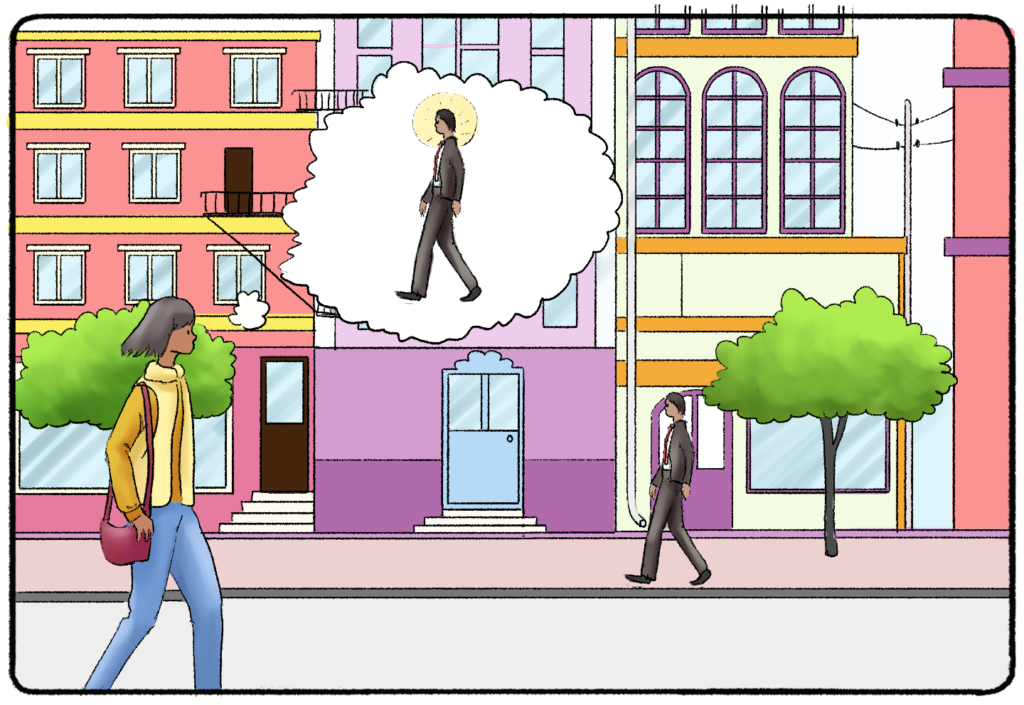Understanding the Halo Effect: Cognitive Bias in Evaluations
When we evaluate people or objects, our judgments are often influenced by various cognitive biases. One such bias is the Halo Effect, a cognitive bias that affects how we perceive and evaluate others based on a single trait or characteristic.

Introduction
When we evaluate people or objects, our judgments are often influenced by various cognitive biases. One such bias is the Halo Effect, a cognitive bias that affects how we perceive and evaluate others based on a single trait or characteristic. In this article, we will explore the concept of the Halo Effect, its underlying mechanisms and its implications in different domains.
What is the Halo Effect?
The Halo Effect refers to the tendency of individuals to generalise their overall impression of a person or object based on a single positive trait or characteristic. This bias leads to a positive halo, where individuals perceive the person or object as having other positive attributes even though they may not have direct evidence to support those perceptions.
Mechanisms of the Halo Effect
The Halo Effect occurs due to several mechanisms:
Implicit Personality Theories: People tend to have preconceived notions about how certain traits or characteristics are related. For example, if someone is perceived as physically attractive, they might also be assumed to be intelligent or friendly.
Confirmation Bias: Once a positive trait is identified, individuals often seek out information that confirms their initial impression while ignoring or downplaying contradictory evidence. This reinforces the positive halo and strengthens the bias.
Generalisation: The Halo Effect involves generalising positive impressions across different domains or attributes. For example, if someone is perceived as being skilled in one area, they may also be assumed to be skilled in unrelated areas.
Implications of the Halo Effect
The Halo Effect has significant implications in various domains, including:
1. Hiring and Job Performance
During the hiring process, the Halo Effect can influence recruiters' judgment of candidates. If a candidate possesses a single desirable trait, such as a prestigious educational background, recruiters may assume they have other positive qualities, leading to biased evaluations. This can result in the selection of less qualified candidates and hinder diversity in the workplace.
Furthermore, once hired, employees who benefit from the Halo Effect may receive preferential treatment, promotions, or higher performance ratings, regardless of their actual abilities. This can lead to a lack of fairness and hinder the growth and development of other employees.
2. Product Evaluations and Marketing
The Halo Effect can significantly impact consumers' evaluations of products and services. If a product is associated with positive attributes, such as an appealing design or a well-known brand, consumers may assume it has other positive qualities, even if those qualities are unrelated to the product's actual performance. This can influence purchasing decisions and marketing strategies.
3. Social Interactions and Relationships
The Halo Effect also affects how we perceive and interact with others in social settings. If someone possesses a single positive trait, such as being physically attractive or having a pleasant personality, we may assume they have other positive qualities, such as intelligence or kindness. This can lead to biased judgments, favoritism and the formation of shallow relationships based on superficial attributes.
Overcoming the Halo Effect
Recognising and mitigating the Halo Effect is crucial to making fair and unbiased evaluations. Here are a few strategies to overcome this cognitive bias:
Awareness: Being aware of the Halo Effect and its potential impact on evaluations is the first step towards mitigating its influence. By acknowledging this bias, we can consciously question our initial impressions and seek out additional information to make more informed judgments.
Multiple Data Points: Instead of relying on a single trait or characteristic, gather multiple data points to form a more comprehensive evaluation. This can help counteract the tendency to generalise positive impressions across unrelated attributes.
Blind Evaluations: Implementing blind evaluations, where the evaluator is unaware of certain traits or characteristics, can help reduce the influence of the Halo Effect. This approach focuses evaluations solely on relevant performance indicators, minimising bias.
Conclusion
The Halo Effect is a cognitive bias that affects how we evaluate people and objects based on a single positive trait or characteristic. It can have significant implications in various domains, including hiring, product evaluations and social interactions. By understanding the mechanisms underlying the Halo Effect and implementing strategies to overcome it, we can strive for fairer and more objective evaluations.



